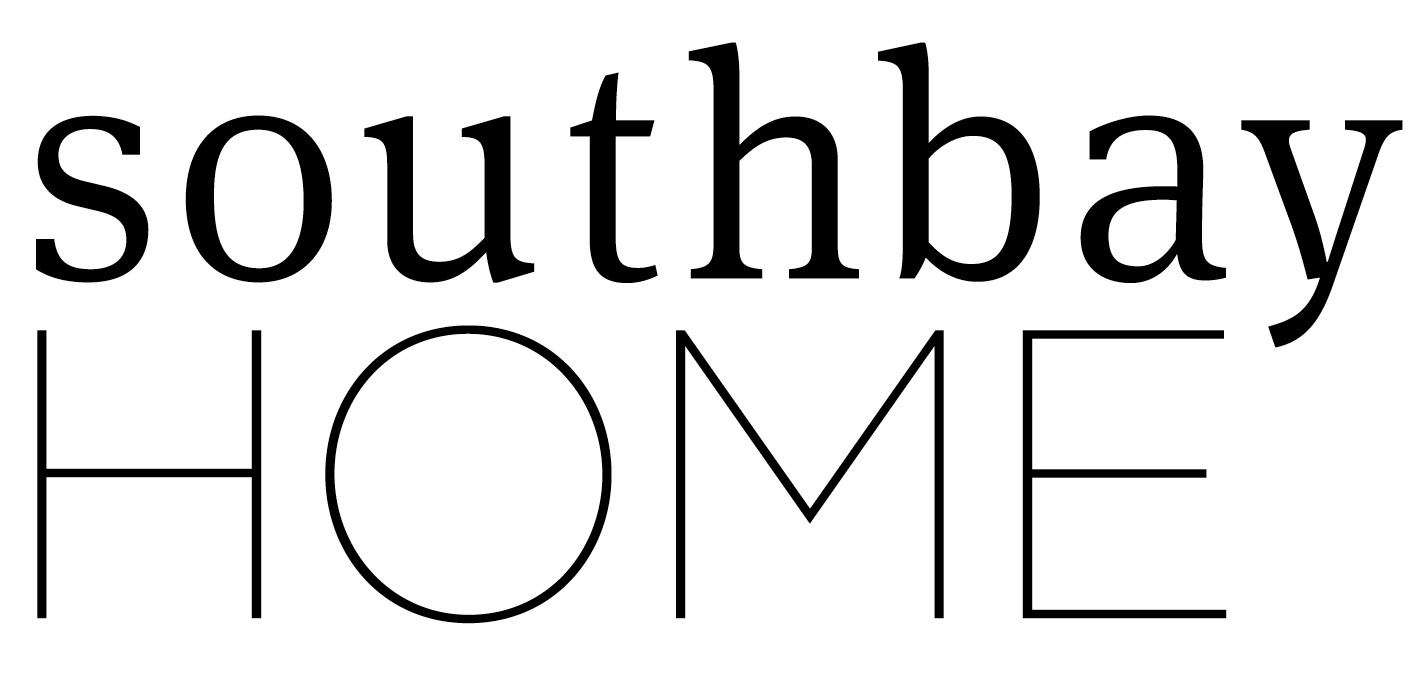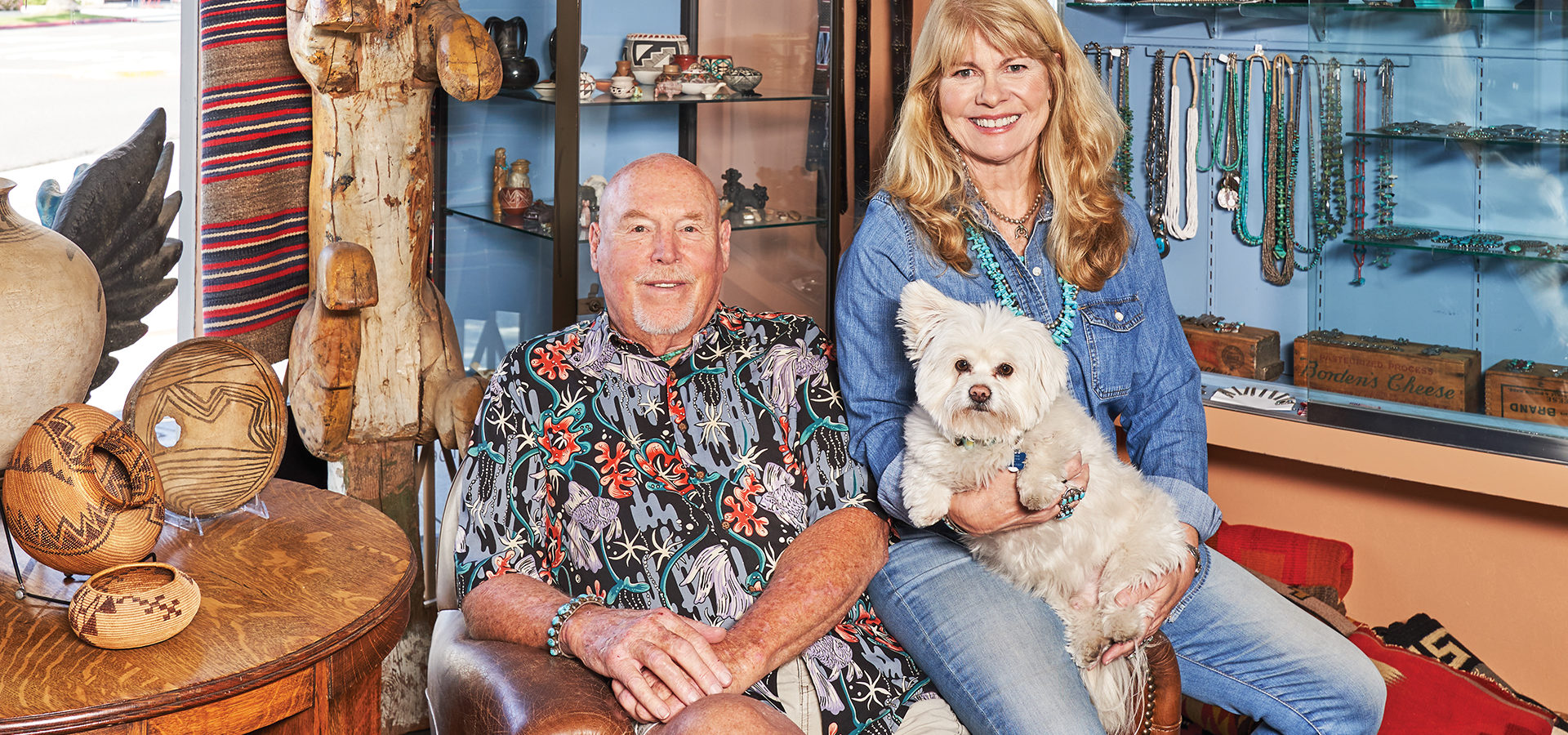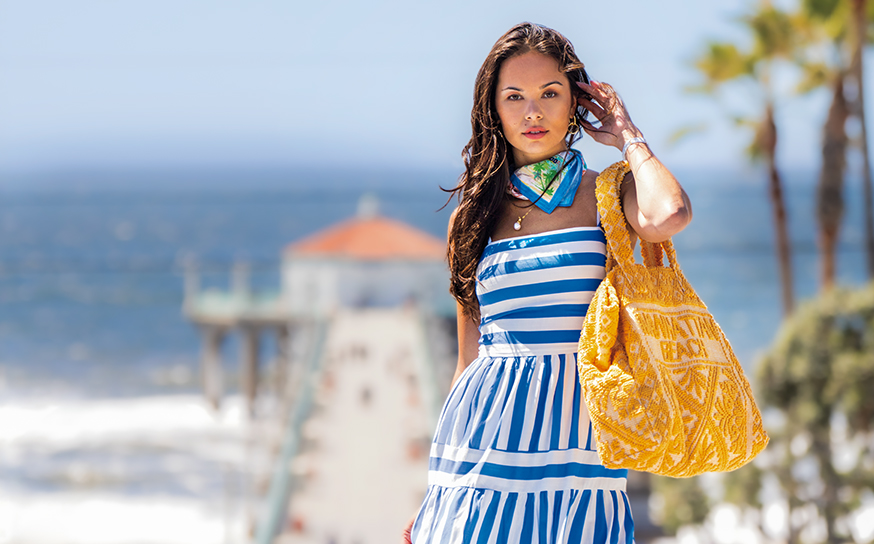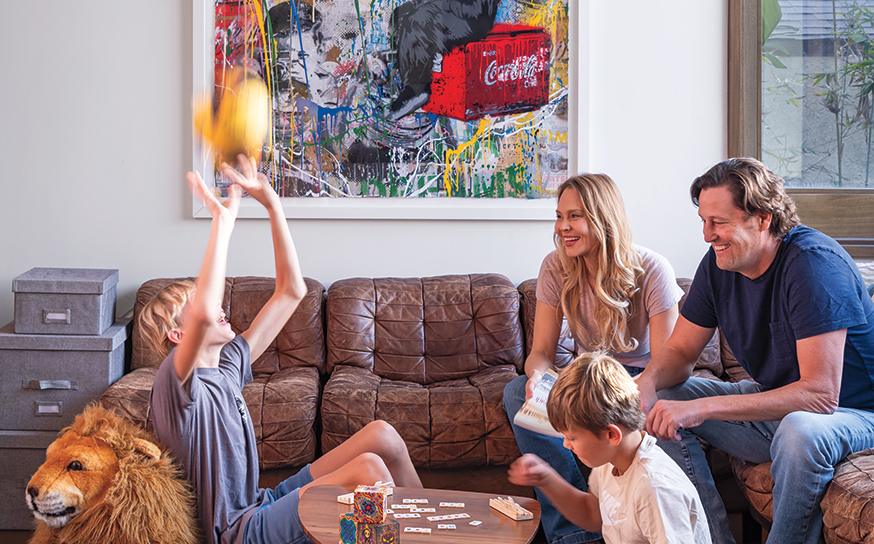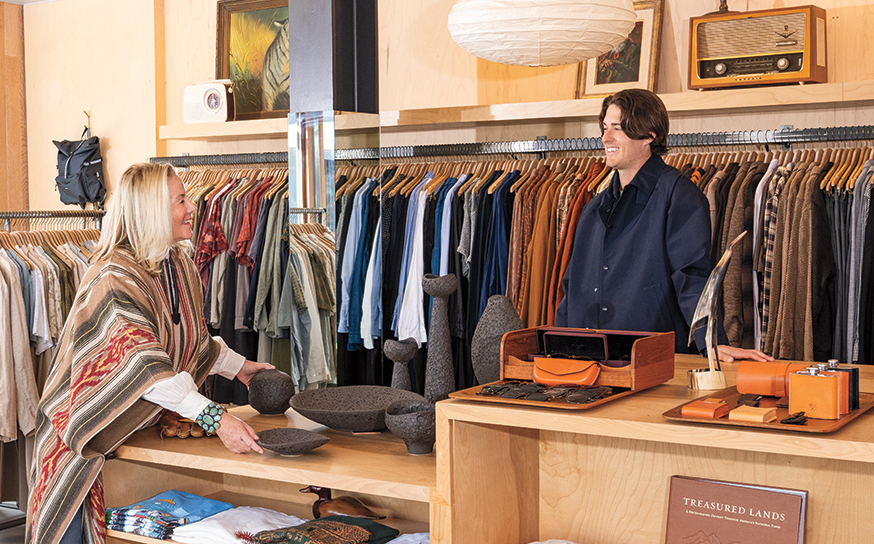Vicki Turbeville and Steve Nelson come from different worlds. Vicki, a poet and performer, flourished in fast-moving cities like New York and London. Steve, an industrial designer and nature-lover, thrived in his native California and made a happy home in Palos Verdes. It was their shared passion for Native American artifacts and jewelry that brought their worlds together in 2008.
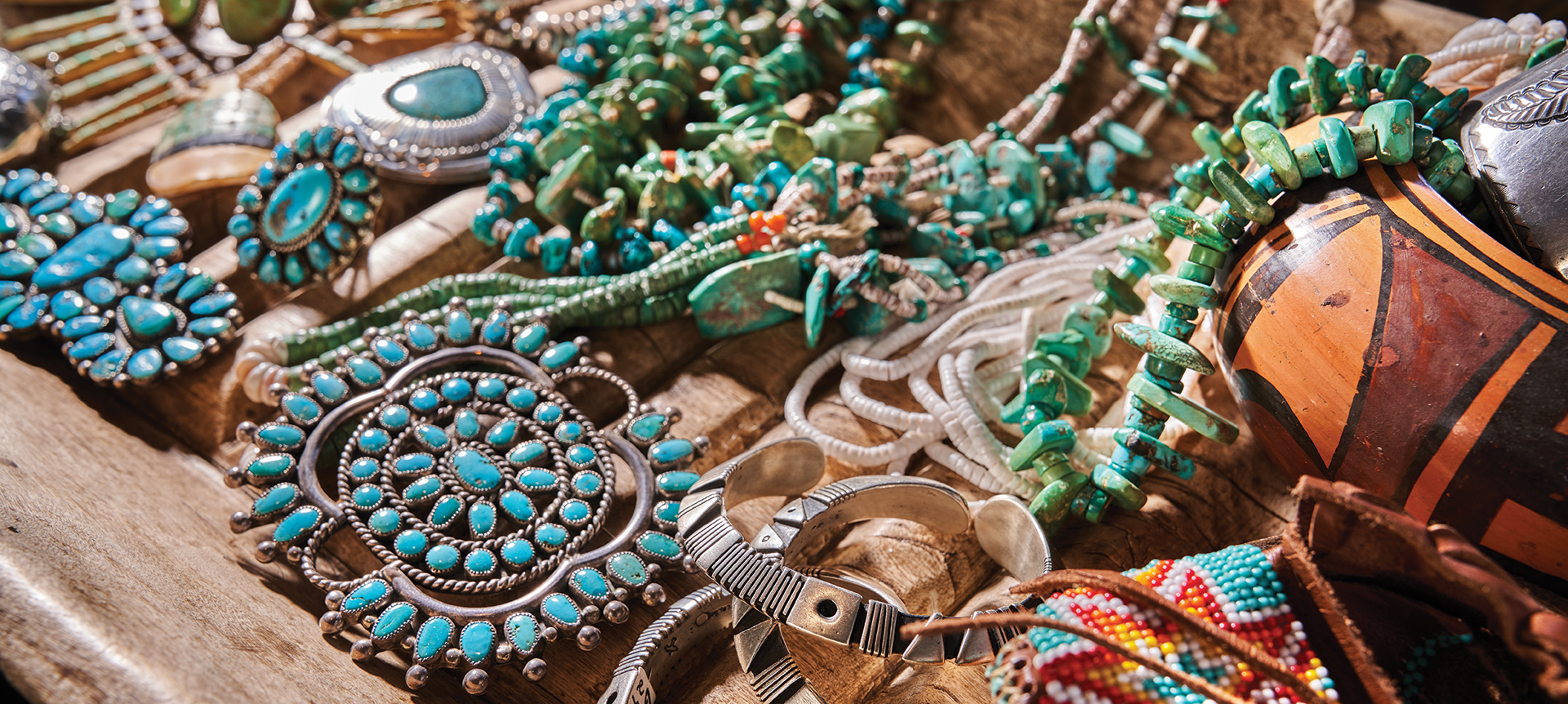
They met at a trade show in Santa Fe and bonded over shared experiences, including both having two children from their previous marriages. Steve invited Vicki to visit his home above the Palos Verdes Bluffs, and the spark soon became a flame. They got married and live together in that same house today.
Vicki and Steve also share Mountain Lion Trading Post in Redondo Beach. A huge wooden lion stands guard in the front window of the store—an artifact from the original Mountain Lion Trading Post on Route 66. Vicki curates an exquisite line of Southwestern jewelry, while Steve proudly offers treasures collected over 50 years of expert hunting and gathering.
Steve was born in San Francisco in 1940 but grew up in San Carlos, 30 miles south of the city. He spent his youth chasing animals in wide-open fields and exploring creeks and the ocean. Steve also fell in love with carpentry and working with his hands—skills he learned from his grandfather, who brought covered wagons from Oklahoma to California.
Steve was close to his grandfather, who helped raise him. “He told me stories,” shares Steve. “He got me interested in all kinds of stuff. I still have a lot of his old tools. I have a lot to thank him for.”
Steve jumped at the chance to attend UCLA for a four-year program in industrial design. During his time there studying art and design, he also played football, joined the wrestling team and was the commander of the ROTC.
One of his art teachers, who appreciated Steve’s passion for Asian art, recommended he apply for a job with a friend at the Harry Franklin gallery in Beverly Hills. Steve worked there part time throughout college and subsequently while he earned his master’s degree in medical design. He achieved great accolades in this field—not only designing the first disposable surgical instrument tray but also selling it to Becton, Dickinson and Company.
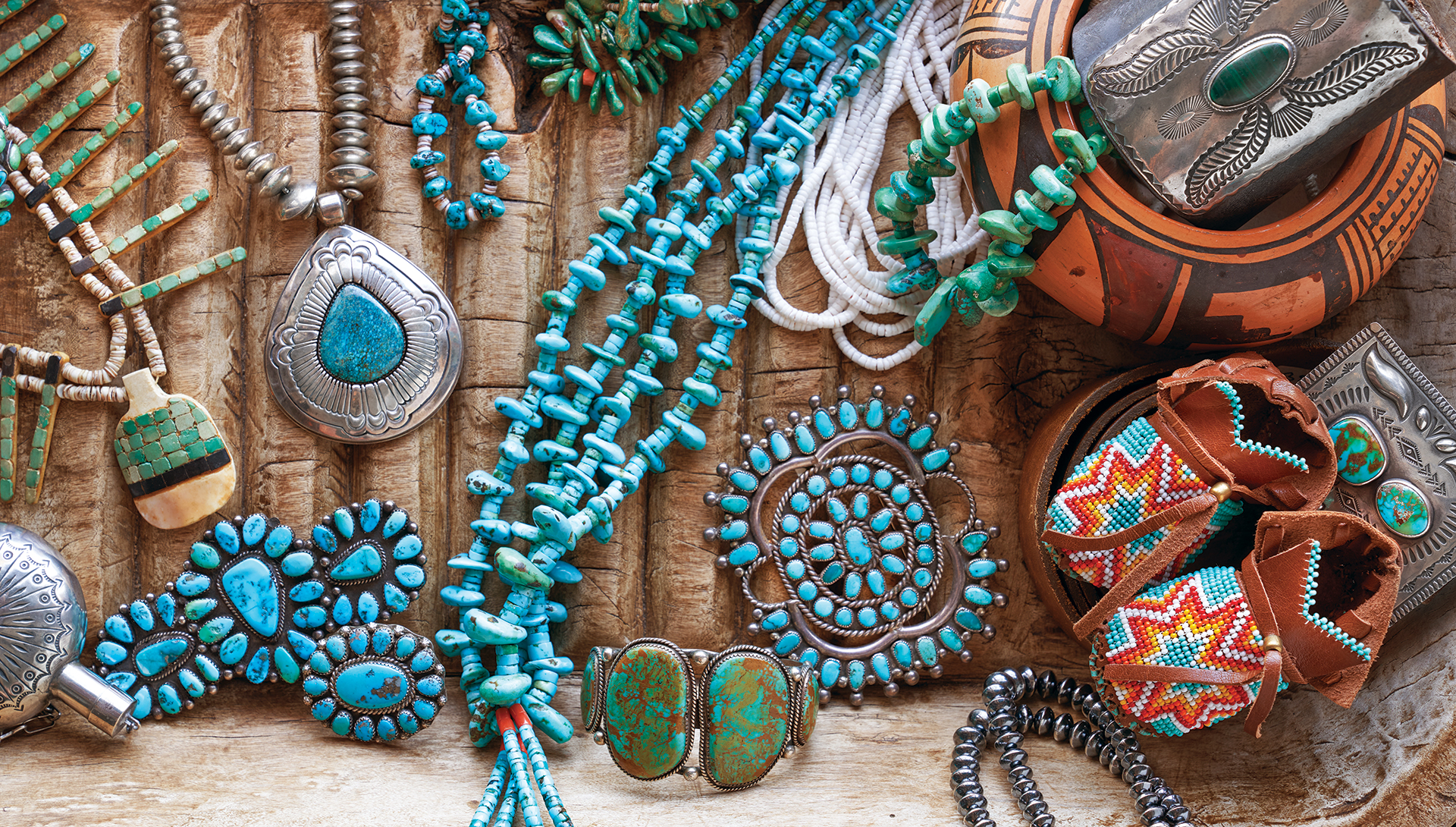
Because ROTC paid for his education, Steve committed to 3-1/2 years of service with the Army. “I was fortunate because I didn’t have to go to Vietnam,” he says. “That’s probably why I’m still here.”
After serving, Steve got a job at Mattel—a 20-year career that started in design and evolved to executive senior vice president of research and development. He spent his free time going to Mexico to look for artifacts and then ventured to the Southwest to find more. His passion for artifacts grew so much that it was a natural move for Steve to open a shop after leaving the toy business.
Vicki’s story looks much different. Born and raised in Iowa, she attended the University of Northern Iowa, where she double-majored in art and English and minored in Spanish. She yearned to broaden her horizons and travel. After graduation she took off to the Middle East, where she spent six months teaching English.
She then planted herself in New York after visiting a friend. Within a year she got a job at Ms. magazine as a production director. This was the springboard to work at many other publications, including Seventeen, Cosmopolitan and Good Housekeeping.
When her first daughter was born, she was able to stay home to take care of her while also finding the time to pursue her love of poetry. For about 20 years she was the president of the artistic board of directors of The Poetry Project, housed in St Mark’s Church-in-the-Bowery. Her poetry earned well-deserved recognition when Vicki was included in The Best American Poetry 2005. Her poem from that anthology was widely used in textbooks.
After Vicki and her then-husband welcomed a second daughter, the young family moved to England for his work. During those five years Vicki enjoyed London and did a little bit of poetry performance, but it didn’t have the same artistic intensity as New York.
It wasn’t until she visited the London townhouse of a friend with a penchant for the Southwest that she began to truly feel homesick. They had saddles and Native American jewelry strewn about their home.
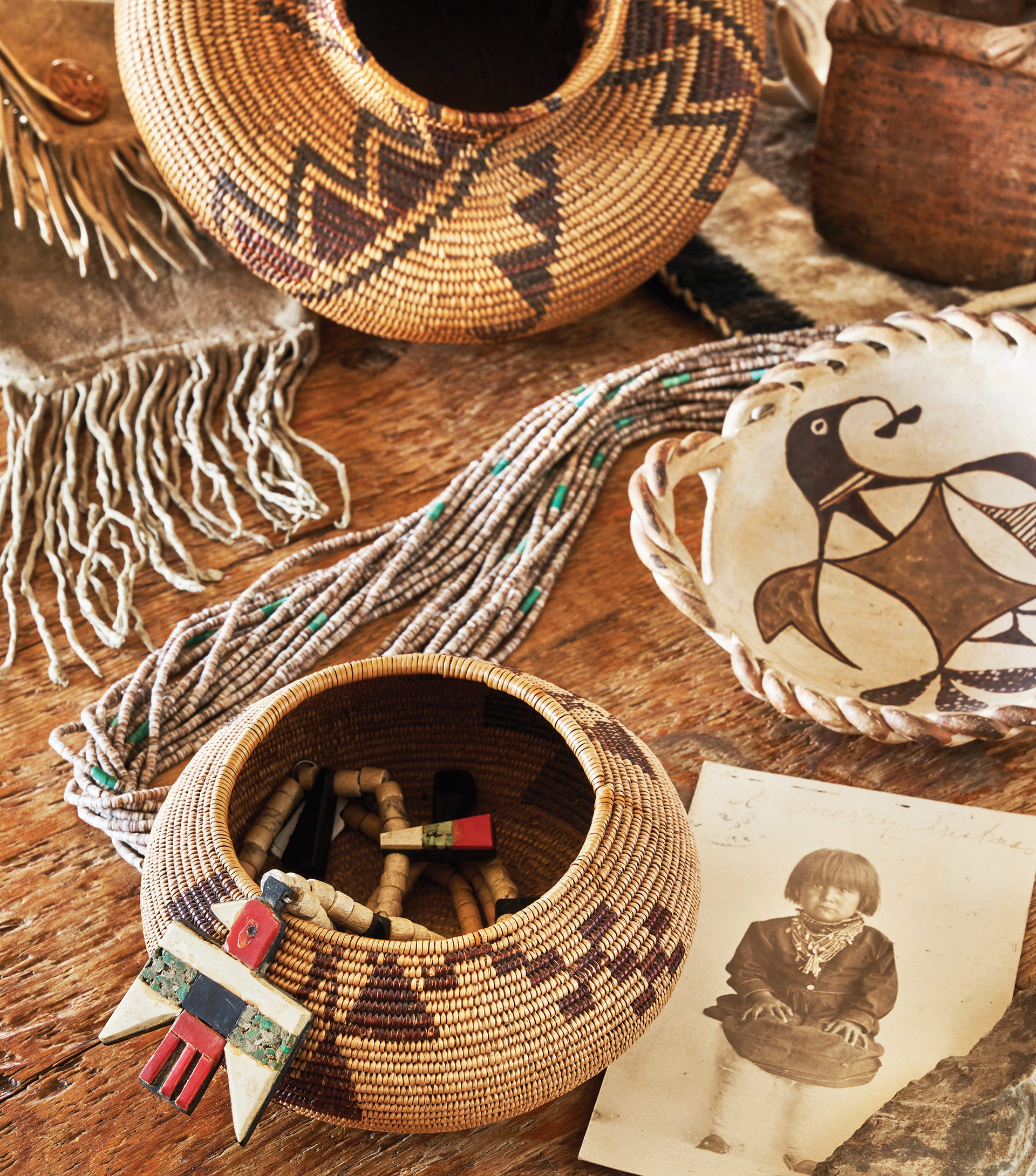
She remembers saying to her husband, “When we get back, we need to take the kids to the West. They need to see America.” She explains: “I was really saying that I need to see America. So after five years we came back, and that first summer we went on a trip through the Southwest.”
Vicki fell in love with the art and landscape while hiking through mesas and red rocks with her children. She wanted to buy some jewelry but was surprised at the cost. “I started looking at pawnshops. Then we jumped from one pawnshop to another buying pieces I loved. When I got back to New York, I gave them as gifts to friends who were having significant birthdays.”
Soon after that, a friend asked Vicki to get some things for a church fundraiser. Vicki bought a small collection of items and was stunned by how much people loved what she had chosen. She clearly had an eye, and she was hooked on the whole process.
Her big break came when she put on a show in the Hamptons. It was small, so she was surprised when she got a call from an intern at Elle that following Monday. The intern told her fashion director Nina García saw her collection at the show and asked her to bring some pieces to the magazine’s offices. Of course, Vicki jumped at the opportunity and promptly hopped in a cab.
When she got to the offices, all of the senior editors had been called away. The intern was apologetic, and Vicki suggested she show her the collection anyway. “I opened up the cases, and she went crazy,” Vicki remembers. “She started taking pictures.”
It worked. Within a week, Nina’s assistant called and said they’d like to borrow items for a shoot. Nina used Vicki’s jewelry on Uma Thurman for the cover of Elle in January 2005. The bracelet that Uma wore drew so much attention, Vicki’s website crashed.
“Women went wild all over the country,” Vicki recalls, “and I had to figure out how to get that bracelet made.” With Nina as a great supporter and fan, many other magazines followed suit and started using her jewelry.
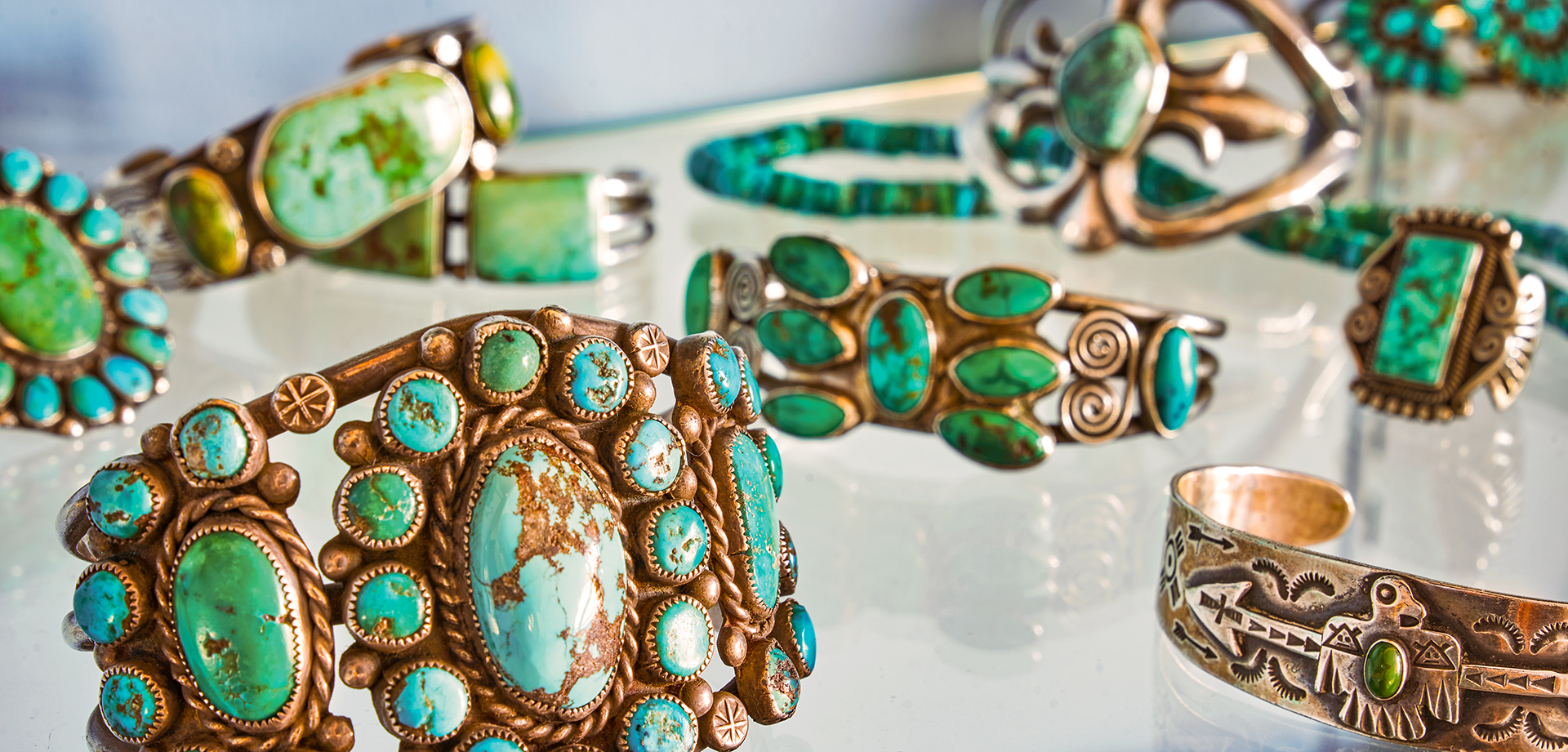
Vicki decided to open a store in NYC after a woman with a tiny shop selling Native American and Mexican jewelry walked right up to her at a show and said she wanted Vicki to take it. “We met with the landlord,” she shares. “There was an empty shop right next to it and he said, ‘I will double the size of your shop and break through and build it for free.’”
It was a wonderful showroom and a fun place to do business—constantly buzzing with customers, buyers, stylists and even some notable celebrities. The jewelry graced more covers and has been seen in many major fashion publications worldwide. Her collection has been worn by Britney Spears, Cindy Crawford, Mary J. Blige, Zoë Kravitz and Beyoncé.
Over the years Vicki has become an expert in Native American jewelry. Her Southwestern collection of jewelry is handcrafted from semiprecious stones like turquoise, coral, jet and lapis lazuli and set traditionally in sterling silver. Each piece is truly made with love.
“My Native American friends told me that their grandparents said to never work when you’re unhappy,” she says. “It goes into the work because the stones are porous and handmade. It’s called energy transfer. A Navajo silversmith named Steven Yellowhorse says that while he works, he always thinks about the person out there whom the piece is going to. He’s aware of the connectedness that he has to his buyer. The idea is that if it’s made with love, the art piece will be worn with love.”
Vicki carries both vintage and contemporary collections. Her vintage collection includes pieces from the 1920s to the 1970s and is made of styles traditional to Native American nations of the Southwest, including Navajo, Hopi and Zuni. She also showcases pieces by sought-after contemporary artists.
“It’s never the same. It’s always changing because it’s art,” Vicki says. “I also love that the jewelry is handmade. You feel the hand of the maker, and it has a warmth to it. It connects you to history, to a culture, to a place. It’s like jazz. It is our art form. Wearable art is an original American art form. It’s handmade in the United States from start to finish—from mining to polishing—and never imported.”
The passion that Steve and Vicki have for their work is palpable. When they got married, it made sense to bring the jewelry and the artifacts together under one roof—just as their worlds came together in 2008. As proprietors of Vicki Turbeville Southwestern Jewelry and Mountain Lion Trading Post, the two consider themselves curators—each piece they choose is special and unique.
And through that care, they have built a loyal client base—some spanning decades. When they present a show, it’s like seeing old friends. “It’s quality, not quantity,” says Vicki. “You could say we are caretakers. We find new homes for things we honor.”




